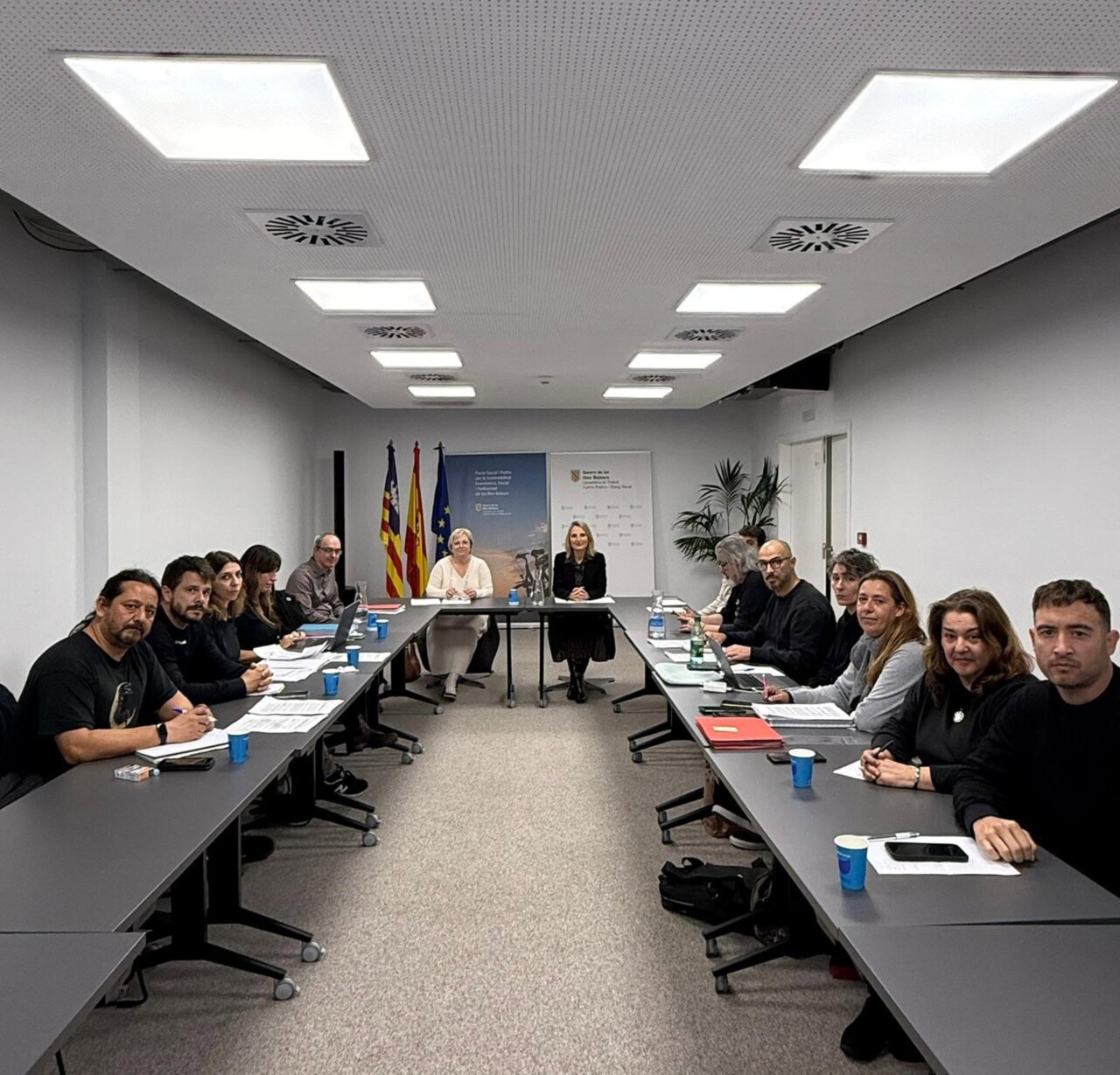The European Centre for Disease Prevention and Control (ECDC) has detected a marked increase in the number of positive tests for influenza virus since the end of October. This rise, which comes several weeks ahead of the usual peak period, already affects multiple countries and shows an upward trend.
Although the epidemic peak has not yet been reached, the intensity of transmission has led health systems to activate the first alert levels.
The early influenza activity is considered especially relevant because it breaks with the patterns observed in recent winters, where the significant increase in infections did not occur until well into the months of December or January.
What is K-variant influenza?
The ECDC points to the spread of subclade K, a sub-branch of the influenza A(H3N2) virus, as a possible cause of the early season. Identified since the beginning of the year in several continents, this variant represents almost half of the genetic sequences submitted by European countries to the international surveillance system between May and November 2025.
Preliminary analyses show that subclade K has genetic and antigenic differences from the strain included in this season’s flu vaccine. This could reduce the immunogen’s protection, although the agency cautions that it is too early to draw definitive conclusions.
Despite this possible mismatch, the ECDC insists that vaccination continues to be essential to prevent serious illnesses, hospitalizations and complications, especially in the elderly, people with chronic pathologies, pregnant women and other vulnerable groups.
Is there greater severity associated with this variant?

For now, the ECDC indicates that there is no evidence that subclade K causes more severe disease than other A(H3N2) variants. However, it recognizes that the available information is limited due to the small number of cases studied and the fact that the influenza season is at a very early stage.
The agency also notes that the evolution of the outbreak could be influenced by other factors, such as lower population immunity following seasons of reduced virus circulation, the simultaneous presence of other respiratory pathogens and winter environmental conditions.
In view of this scenario, the European center recommends that health systems prepare for a possible frontloading of care, which could translate into an increase in consultations, hospitalizations and pressure in the emergency department if the current trend continues.
Prevention recommendations
Health authorities remind of the importance of reinforcing simple but effective preventive measures, such as frequent hand washing, adequate ventilation of enclosed spaces and avoiding social contact in case of respiratory symptoms.
Monitoring of subclade K will continue to be a priority in the coming weeks. The information gathered will determine whether the anticipated virus circulation is maintained, whether new relevant mutations emerge and what the final impact of the influenza season in Europe will be.






